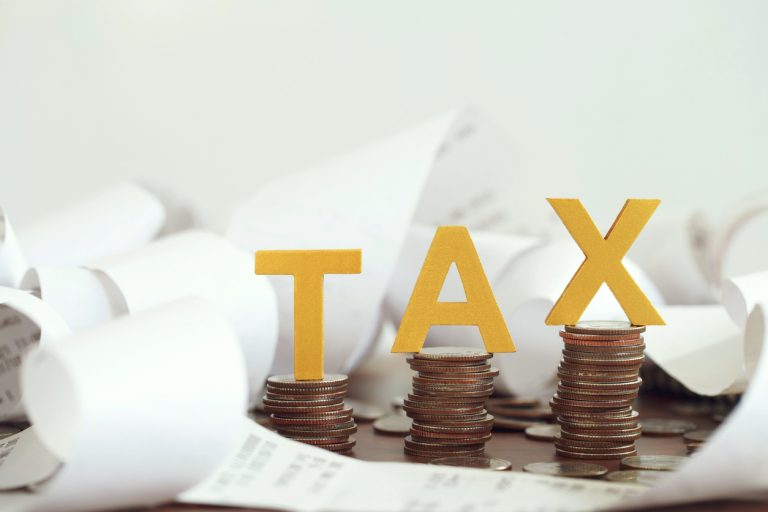
As the old financial adage suggests, you should “never let the tax tail wag the dog”. The rather bizarre phrase is used to remind investors that conventional wisdom dictates that investment returns should be the primary objective of an investment strategy (i.e. “the dog”) with tax considerations being a secondary importance (i.e. “the tail”).
Whilst we wouldn’t argue with the general premise that investment performance is the main driver of investment returns, tax efficiency can often play a larger role in effective planning than many give it credit for. This can be particularly important during periods when investment returns are lower. Let us explain.
Equities dividends and bond and savings interest are all subject to income tax. Dividends are taxed at 8.75% for a basic rate taxpayer, increasing to 33.75% for a higher rate taxpayer and 39.35% for an additional rate taxpayer. Interest is taxed at the individual’s marginal rate of tax (i.e. the tax rate that applies to additional income earned over and above salary or pension income).
If you are investing for income, tax considerations become vitally important. Take the example of an individual who pays higher rate tax overall and holds £10,000 in an equities fund which pays a dividend of 4%, and £10,000 in a fixed interest fund, which pays 4% interest. The gross position is that £800 of income is generated (£400 of dividend and £400 of interest); however, the dividend income is subject to 33.75% tax and the interest is subject to 40% tax, leaving a net income payment (once tax due has been settled) of just £505.
Of course, tax breaks exist to shelter some or all of this income, in the form of individual savings accounts (ISAs), the dividend and personal savings allowances and the starting band for savings. As the above example demonstrates, using these allowances to their fullest extent is vital to maximising income earned.
Capital gains tax (CGT) is charged on the disposal of assets, at a rate of 10% or 20% on investment gains, depending on whether an individual is a basic or higher rate taxpayer. An annual CGT allowance of £12,300 per individual is available, but only within the tax year in question – if you don’t fully use the allowance, you lose it.
We often see clients with portfolios that have been held in the same investments for many years, without changes being made. Whilst we fully support the notion of long-term investment, by making regular changes to the portfolio to use the annual CGT allowances available, you can avoid the gains building up which creates a bigger problem when the investment is eventually sold. Married couples can also rearrange assets so that both allowances are used, which can yield a tax advantage when selling down positions that have been held for many years. Alternatively, ISAs provide exemption from capital gains tax in addition to income tax.
When saving for retirement, tax relief on pension contributions can have a significant impact on the overall investment return achieved. For a basic rate taxpayer, relief on qualifying contributions attracts relief at 20%, whereas higher rate taxpayers can obtain an additional relief of 20% via a self-assessment tax return.
In other words, every £100 invested in a pension will only cost a basic rate taxpayer £80 and a higher rate taxpayer £60. This is a significant immediate return on the contribution, which is the equivalent of many years’ investment growth on the net amount contributed.
Of course, this simple example ignores the fact that only tax free cash is paid out from a pension without any tax deducted, and any income generated by the pension over and above the tax free cash is subject to income tax. However, even considering the net position of tax relief versus tax deducted on pension income payment, using a pension can yield a significant tax advantage.
Pensions are not the only source of upfront tax relief available. Venture capital trusts (VCT) and enterprise investment schemes (EIS) are two types of investment where income tax relief of 30% is provided on qualifying investments. This is a generous relief, but is only granted on the premise that the underlying investments in smaller and unquoted companies are high risk, and the tax relief granted at least matches the potential for loss on the investment. These investments also need to be held for minimum qualifying periods. For example a VCT needs to be held for a minimum of 5 years to retain the tax relief provided on investment.
Whilst not suitable for all investors, individuals with significant assets, sufficient income, and the necessary tolerance to investment risk, may feel VCTs are worth considering, as a small part of a larger and more diversified investment portfolio.
At MGFP, our experienced financial advisers will always consider tax efficiency as a key component in the financial planning process. Whilst investment strategy and selection will be the main drivers of returns achieved over the long term, considering the tax efficiency of investments plays an important role. Why not speak to one of our advisers to gauge how tax efficient your portfolio is, and where improvements can possibly be made.
If you would like to discuss the above with one of our experienced financial planners, please get in touch here.
The value of investments and the income they produce can fall as well as rise. You may get back less than you invested. Past performance is not a reliable indicator of future performance. Investing in stocks and shares should be regarded as a long term investment and should fit in with your overall attitude to risk and your financial circumstances.